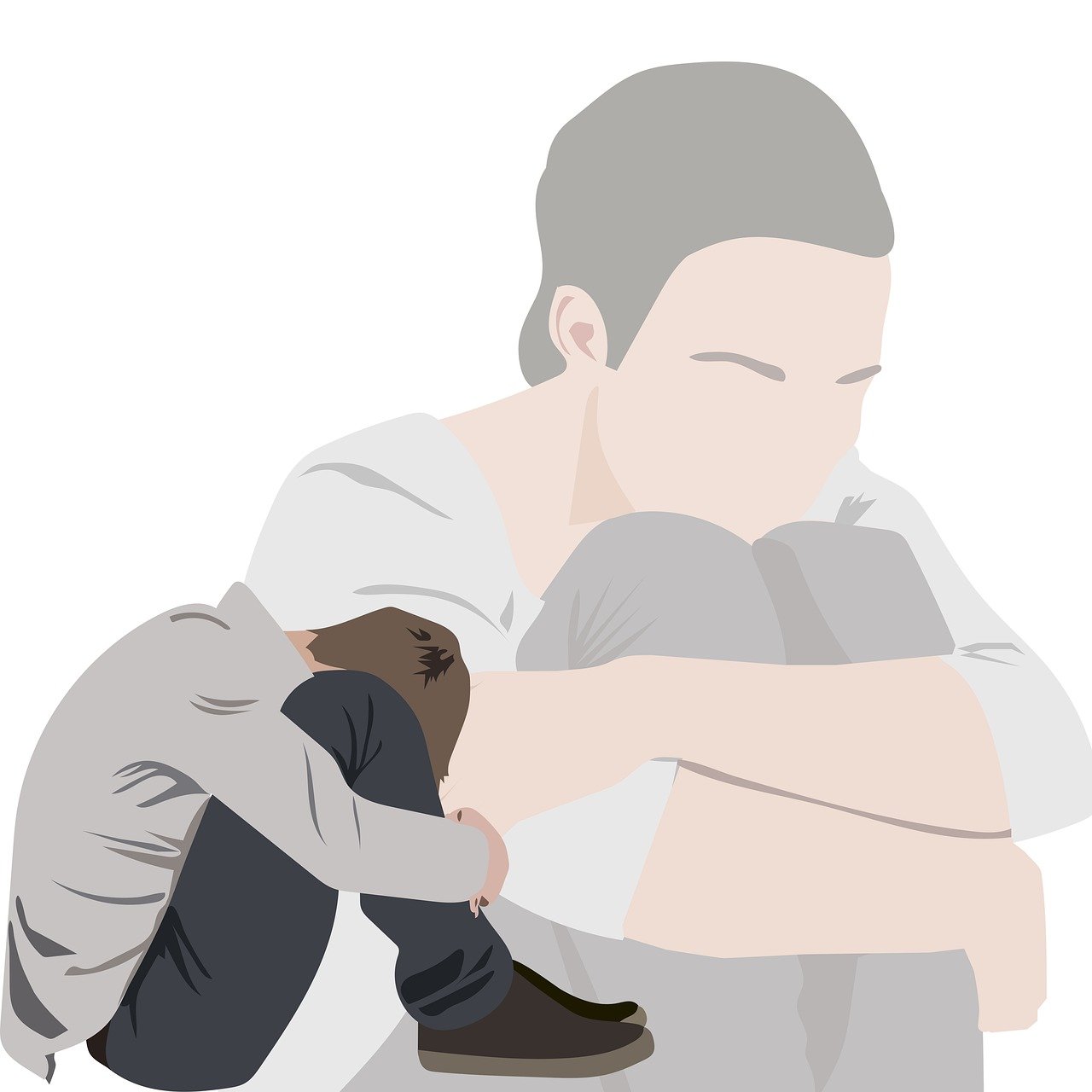Adjustment disorder is defined as a maladaptive emotional and/or behavioral reaction to an identified psychosocial stressor, encompassing people who struggle to adjust after a stressful event on a scale disproportionate to the amount or degree of the stressor. The symptoms are distinguished by stress responses inconsistent with socially or culturally anticipated reactions to the stressor and/or produce significant anguish and deterioration in daily functioning. Unlike posttraumatic stress disorder (PTSD) and acute stress disorder (ASD), which have specific criteria for what defines a traumatic experience, adjustment disorder guidelines are not specific about what might be considered a stressor.
Population-based studies have revealed prevalence rates of less than 1%, which might be attributed to limitations in the diagnostic techniques utilized. In contrast, more recent studies employing improved diagnostic methods reported prevalence rates of 2% in general population studies. Rates are substantially higher in high-risk populations, such as the recently jobless (27%), and the widowed (18%).
Furthermore, research has discovered that feminine gender, younger age, unemployment, stress, physical disease and injury, limited social support, and a history of mental health issues all predict adjustment disorders. The majority of these factors distinguish persons with adjustment issues from those without mental health conditions. Participants with adjustment problems are more likely to be involved in accidents than those with posttraumatic stress disorder, although they had been far less likely to have been assaulted, neglected, or maltreated. More study is needed to discover the characteristics that distinguish adjustment disorders from other mental health illnesses.
The diagnostic criteria and features of adjustment disorders are discussed next in light of DSM 5 TR:
Diagnostic Criteria
A. Within three months of the stressor(s) beginning, the emergence of behavioral or emotional symptoms in reaction to one or more recognized stressors.
B. One or both of the following demonstrate the clinical significance of these symptoms or behaviors:
1. Noticeable suffering that is disproportionate to the stressor’s intensity or severity, taking into consideration cultural and environmental variables that may have an impact on the presentation and severity of symptoms.
2. Considerable impairment in critical domains of functioning, such as social, professional, or other.
C. The stress-related disturbance is not only an aggravation of a previous mental disorder; it does not fit the criteria for another mental disorder.
D. Prolonged grief is not a better explanation for the symptoms, which do not reflect typical grieving.
E. The symptoms disappear when the stressor or its effects have passed, usually within a further six months.
Indicate whether:
F43.21. Feeling down: There is a general sense of melancholy, tears, or hopelessness.
F43.22. When there is anxiety, the main symptoms are jitteriness, nervousness, or separation anxiety.
F43.23. With mixed anxiety and a gloomy mood: Anxiety and depression are the main symptoms.
F43.24. When it comes to disruptive behavior: disruptive behavior predominates.
F43.25. With a combined disturbance of emotions and behavior: The major symptoms are a disruption of conduct as well as emotional symptoms (such as sadness, and anxiety).
F43.20 Unspecified. Maladaptive responses that cannot be assigned to a particular category of adjustment disorder.
Indicate if:
Acute: If symptoms have persisted for less than six months, this specifier can be used to describe them.
Chronic (persistent): This specifier can be used to describe symptoms that have persisted for at least six months. By definition, the duration of symptoms cannot continue past six months following the cessation of the stressor or any associated repercussions. Therefore, when a disturbance lasts longer than six months as a result of a chronic stressor or a stressor with long-lasting effects, the persistent specifier is applicable.
Diagnostic Features
- The primary characteristic of adjustment disorders is the manifestation of behavioral or emotional symptoms in reaction to a recognized stressor (Criterion A).
- One stressor may be the end of a love connection, for example, or there could be several stressors at once, such as persistent marital issues and business setbacks.
- Stressors can be continuous (e.g., a chronic painful sickness with growing handicap, living in a crime-ridden area) or cyclical (e.g., linked to seasonal business problems, unfulfilling sexual relationships).
- Stressors can impact a single person, a family as a whole, or a wider society (such as a natural disaster).
- Specific developmental events (such as starting school, moving away from or back into one’s parent’s house, getting married, starting a family, not achieving career ambitions, etc.) may come with certain pressures.
I am a passionate and knowledgeable psychologist, with a Master of Philosophy (MPhil) in Psychology specializing in Counseling Psychology. Through my writing, I share my insights and thoughts on various psychiatric disorders, conduct analysis on films that touch on psychological issues, and explore other topics related to psychology, while also providing valuable information to psychology enthusiasts, students as well the general community.





